"Can ChatGPT and other AI models be used to proofread?"
These are just some of the questions I’ve been asked over the last year or so, as the AI issue has engulfed so many areas of work and creativity. Here’s my answer. Yes. Yes, ChatGPT can proofread, checking grammar and spelling, and it is a very useful proofreading tool. This is probably sounds like sacrilege coming not only from a proofreader with 35 years of proofreading experience, but also from the creator of The No-Nonsense Proofreading Course. But hear me out. I genuinely believe there is a place for AI in the proofreading process, not as means of taking the proofreading process away from professional proofreaders and putting it in the hands of the novice, but as a tool to assist proofreaders by accelerating and streamlining the process of proofreading. Which can only be a good thing for people who earn their living on a word-by-word or page-by-page basis. But first, just what is ChatGPT ChatGPT is an advanced language model developed by OpenAI, trained on vast amounts of text data to understand and generate human-like text. Leveraging deep learning algorithms, ChatGPT excels in various language tasks, including proofreading, by identifying errors in spelling, grammar, punctuation, and style. HOW CHATGPT ENHANCES PROOFREADING EFFICIENCYRapid Error Identification: ChatGPT swiftly scans through text, flagging potential errors within seconds.
Comprehensive Grammar Check: ChatGPT conducts a comprehensive grammar check, addressing issues like subject-verb agreement, tense consistency, and sentence structure.
Spelling Corrections: ChatGPT detects misspelled words and offers appropriate corrections.
Style Improvement Suggestions: Beyond basic grammar and spelling, ChatGPT can provide suggestions to enhance writing style, such as eliminating redundancies or improving clarity.
Consistency Checks: ChatGPT ensures consistency in terminology, capitalization, and formatting throughout the text.
LIMITATIONS OF CHATGPT IN PROOFREADING While ChatGPT offers remarkable capabilities, it's essential to recognize its limitations: Contextual Understanding: ChatGPT may misinterpret context-sensitive errors, leading to incorrect corrections.
Idiomatic Expressions and Colloquialisms: ChatGPT may struggle with idiomatic expressions or colloquial language, resulting in inaccurate suggestions.
Ambiguity Resolution: ChatGPT may encounter ambiguous phrases where multiple interpretations are possible, leading to inconsistent corrections.
THE ROLE OF HUMAN PROOFREADERS While ChatGPT significantly expedites the proofreading process, human oversight remains indispensable: Error Verification: Human proofreaders validate ChatGPT's suggestions, ensuring accuracy and appropriateness in the given context.
Nuanced Editing: Human proofreaders possess the ability to discern nuanced language nuances, tone, and style preferences that may elude ChatGPT.
Contextual Interpretation: Human proofreaders excel in understanding the broader context of the text, addressing ambiguities and resolving complex linguistic issues that AI may struggle with.
INTEGRATION OF CHATGPT WITH HUMAN PROOFREADERS To maximize efficiency and accuracy, a synergistic approach combining ChatGPT with human proofreaders is recommended: Initial AI Review: Utilize ChatGPT for an initial review to identify and correct obvious errors in spelling, grammar, and punctuation.
Human Verification: Have human proofreaders thoroughly review the text, critically evaluating ChatGPT's suggestions and making necessary revisions.
Iterative Process: Engage in an iterative process where ChatGPT and human proofreaders collaborate iteratively to refine the text until it meets the desired quality standards.
ConclusionIn today's fast-paced world, effective proofreading is essential for maintaining professional credibility and conveying information accurately. ChatGPT emerges as a powerful ally in this endeavor, offering rapid and thorough error detection. However, it's crucial to recognize that ChatGPT is not infallible and must be complemented by human expertise. By integrating ChatGPT with skilled human proofreaders, individuals and organizations can achieve error-free texts efficiently and effectively. Whether you're writing academic papers, business reports, or creative content, leveraging ChatGPT alongside human proofreaders ensures that your message is conveyed with clarity and precision.
Proofreading courses, such as The No-Nonsense Proofreading Course, can provide valuable insights and techniques for honing proofreading skills, enabling individuals to refine their abilities in tandem with AI tools like ChatGPT. As technology continues to evolve, embracing AI-augmented proofreading methodologies will become increasingly indispensable for maintaining high standards of written communication, as well as for ensuring a good living.
0 Comments
The question mark, a seemingly simple punctuation mark, holds the power to transform a sentence into a query, eliciting curiosity and engagement. When it comes to rhetorical questions, however, the rules become a bit more nuanced. In this guide, we'll delve into the correct use of question marks in relation to rhetorical questions, unraveling the art of crafting compelling inquiries that captivate your audience.
Rhetorical questions are a rhetorical device used to make a point rather than to seek an answer. They are crafted to provoke thought, emphasize a statement, or engage the audience in a conversation. Unlike direct questions, which anticipate a response, rhetorical questions are designed to be answered implicitly through the context or the speaker's intended message. 1. Omitting the Question Mark: One common practice in using rhetorical questions is to omit the question mark altogether. This technique is effective when the statement is clearly intended as a rhetorical question and adding a question mark might seem redundant. For example: Who could resist the allure of a perfect sunset. Here, the absence of a question mark implies that the question is rhetorical, leaving a subtle invitation for the reader to reflect on the beauty of a perfect sunset without explicitly seeking an answer. 2. Using a Question Mark for Emphasis: While omitting the question mark is a valid approach, there are instances where adding one can enhance the rhetorical impact. By including a question mark, you emphasize the rhetorical nature of the question, creating a deliberate pause for reflection. Consider the following example: Could there be a more enchanting moment than this? Here, the question mark adds emphasis, inviting the reader to pause and contemplate the rhetorical nature of the question. It accentuates the sentiment being conveyed, making the statement more impactful. 3. Context Matters: In the realm of rhetorical questions, context is key. The effectiveness of a rhetorical question depends on the surrounding content, tone, and the writer's intent. Before deciding whether to include or omit a question mark, consider the overall message you want to convey and how the rhetorical question fits into the broader narrative. Conclusion: Mastering the correct use of question marks in relation to rhetorical questions is an art that requires an understanding of language nuances and the intended impact on your audience. Whether you choose to omit the question mark for subtlety or include it for emphasis, the key is to maintain clarity and coherence in your communication. By navigating the delicate balance between punctuation and rhetoric, you can craft questions that not only engage your readers but also leave a lasting impression. Auxiliary verbs, also known as helping verbs, play a crucial role in shaping the structure and meaning of sentences. Understanding how to use auxiliary verbs correctly can significantly enhance your proficiency in English grammar. In this blog post, we'll delve into the world of auxiliary verbs, exploring their types, functions, and providing practical tips on using them effectively.
Types of Auxiliary Verbs: Primary Auxiliaries: These include "be," "have," and "do." They are used to form tenses, questions, and negatives. For instance, "I am swimming," "She has finished," and "They did not comprehend." Modal Auxiliaries: Modal verbs such as "can," "could," "will," "would," "shall," "should," "may," "might," and "must" express possibility, necessity, ability, or permission. Explore how to use modal auxiliaries for nuanced communication. Functions of Auxiliary Verbs: Forming Tenses: Auxiliary verbs work in tandem with the main verb to indicate the time of an action. Discover how "be" helps create continuous and passive tenses, while "have" is essential for perfect tenses. Asking Questions: Learn how to use auxiliary verbs to form questions, transforming declarative sentences into interrogative ones. For example, "You are coming" becomes "Are you coming?" Making Negatives: Uncover the role of auxiliary verbs in constructing negative sentences. Explore the difference between "She has a cat" and "She has not got a cat." Tips for Using Auxiliary Verbs Effectively: Conjugation: Understand the importance of conjugating auxiliary verbs according to the subject and tense. Brush up on your conjugation skills with relevant exercises. Modal Verb Nuances: Delve into the subtle nuances of modal verbs. Learn when to use "can" vs. "could," "will" vs. "would," and other modal pairs. Avoiding Double Auxiliaries: Recognize situations where double auxiliaries may lead to confusion. Explore examples and tips on maintaining clarity in your sentences. Contractions: Familiarize yourself with contractions involving auxiliary verbs, such as "I'm," "you've," or "they're." Understand when to use contractions for a more conversational tone. Common Mistakes to Avoid: Misplacement of Auxiliaries: Identify and rectify common errors related to the placement of auxiliary verbs in sentences. Learn why saying "He can not swim" is grammatically incorrect. Incorrect Modal Usage: Address common misconceptions surrounding the usage of modal verbs. Clarify when it's appropriate to use "may" instead of "can" and vice versa. Conclusion: Mastering the art of using auxiliary verbs is an essential step toward achieving fluency in English. By understanding their types, functions, and following practical tips, you can navigate the intricacies of grammar with confidence. Practice using auxiliary verbs in various contexts to solidify your grasp of this fundamental aspect of the English language. Elevate your communication skills by incorporating these insights into your writing and speech. Remember, effective communication is not just about what you say but also how you structure your sentences. Auxiliary verbs are the unsung heroes that lend precision and clarity to your language. Explore, practice, and soon you'll find yourself using auxiliary verbs seamlessly in your everyday communication. Happy writing! In the vast realm of punctuation, the ampersand (&) stands out as a unique and often misunderstood character. Originating from the Latin word "et," meaning "and," the ampersand has a rich history and a distinct role in language. However, its usage can be a source of confusion. Today, we'll delve into the correct and incorrect usages of the ampersand, shedding light on how to wield this quirky symbol with precision.
The Correct Usage 1. In Formal Names: One of the primary and universally accepted uses of the ampersand is in formal names, particularly in titles of companies, organizations, or creative works. For instance: Smith & Co. Johnson, Smith & Associates Batman & Robin In these instances, the ampersand serves as a stylistic choice, often conveying a sense of unity or partnership. 2. In Abbreviations: The ampersand finds a home in certain abbreviations, where it symbolically represents the word "and." Common examples include: R&D (Research & Development) AT&T (American Telephone & Telegraph) P&B (Peanut Butter) – just kidding! In abbreviations, the ampersand streamlines language, making it more concise without sacrificing clarity. The Incorrect Usage 1. In Formal Writing: One common mistake is using the ampersand in place of "and" in formal writing, such as academic papers, business reports, or professional emails. While the ampersand has a place in creative or informal contexts, it's best to stick with "and" in more formal settings. Incorrect: The research was conducted by Smith & Jones. Correct: The research was conducted by Smith and Jones. 2. In Place of Plus (+): Though the ampersand and the plus sign both symbolize addition, it's essential to use them correctly in different contexts. The ampersand is not a substitute for the plus sign in mathematical expressions. Incorrect: 4 & 2 = 6 Correct: 4 + 2 = 6 Navigating Gray Areas 1. In Creative Writing: While formal writing generally avoids the ampersand, creative writing, such as poetry or informal prose, allows for more flexibility. In these contexts, the ampersand can contribute to a unique and stylized expression. 2. Stylistic Choices: Some style guides, such as those used in journalism or business writing, may have specific rules about ampersand usage. Always defer to the guidelines of the publication or organization you are writing for. Conclusion: Taming the Ampersand In the grand tapestry of punctuation, the ampersand weaves its own distinctive thread. Understanding when and where to use it correctly is essential for clear and effective communication. Whether you're navigating the formality of a business report or unleashing your creative spirit in a poem, let the ampersand be your ally, not a source of confusion. By mastering its correct usage, you can add a touch of flair to your writing while maintaining precision and clarity. Unlocking the Power of Punctuation
In the vast landscape of punctuation, few marks have the ability to evoke as much emotion as the exclamation point. Often referred to as the "screaming point" or the "shout mark," this humble punctuation symbol packs a punch when used judiciously but can quickly become overwhelming if overdone. Today, we'll explore the art of embracing exclamation points, adding emphasis to your writing without crossing into the realm of excess. Understanding the Impact Proofreaders, those meticulous guardians of grammatical correctness, often find themselves grappling with the exclamation point dilemma. It's a delicate balancing act between conveying enthusiasm and bombarding the reader with excessive punctuation. While proofreading, they meticulously evaluate each exclamation point, considering its impact on the overall tone and readability of the text. Strategic Placement The key to effective use of exclamation points lies in strategic placement. Rather than peppering them throughout your text like confetti, consider using them to highlight key moments or to convey a genuine sense of excitement. For example, exclamations can be a powerful tool in dialogue to express strong emotions or to emphasize a critical point. "I can't believe you did that!" she exclaimed. In this context, the exclamation point adds intensity to the dialogue, capturing the speaker's surprise or disbelief. Avoiding Overkill Proofreaders, ever vigilant, are quick to spot patterns of overuse. A page brimming with exclamation points may leave readers feeling fatigued rather than energized. It's essential to strike a balance, using exclamation points sparingly to maintain their impact. Consider the difference between: The concert was amazing!!! and The concert was amazing. I was on my feet, clapping and cheering the whole time! In the second example, the excitement is conveyed through vivid description and enthusiastic language, allowing the reader to share in the experience without relying solely on exclamation points. Proofreading for Precision Proofreaders play a crucial role in refining the use of exclamation points. They ensure that each one serves a purpose, contributing to the overall clarity and effectiveness of the text. During the proofreading process, they may suggest alternative wording or rephrasing to convey enthusiasm without relying solely on punctuation. Conclusion: Striking the Right Note Embracing exclamation points is an art that requires finesse and thoughtfulness. Like any tool in the writer's arsenal, they should be used with intention and precision. Proofreaders, with their keen eye for detail, play a vital role in ensuring that exclamation points enhance rather than detract from the reader's experience. So, the next time you're tempted to liberally sprinkle exclamation points throughout your writing, pause, reflect, and let the proofreaders guide you toward a more nuanced and impactful use of punctuation. Remember, sometimes less is more, and a well-placed exclamation point can speak volumes without shouting. Embarking on a freelance proofreading career brings the freedom to choose your projects and work from the comfort of your own space. However, with great freedom comes great responsibility, particularly in managing your time effectively. In this blog post, we'll explore essential time management tips tailored to the unique demands of freelance proofreaders.
1. Set Clear Goals Before diving into your work, establish clear goals for the day, week, and month. Define the number of projects you aim to complete and allocate time for each task. Setting specific, measurable goals provides a roadmap for your workflow. 2. Create a Schedule Establishing a daily schedule helps create structure and discipline. Determine your most productive hours and plan your proofreading tasks during this time. Include breaks to prevent burnout and maintain focus throughout the day. 3. Prioritize Tasks Not all proofreading tasks are equal. Prioritize assignments based on deadlines, complexity, and client importance. Tackling high-priority tasks first ensures that crucial work is completed on time. 4. Utilize Time Management Tools Take advantage of time-tracking tools and project management software to monitor your progress and identify potential bottlenecks. Tools like Toggl and Asana can enhance efficiency and help you stay organized. 5. Batch Similar Tasks Group similar proofreading tasks together to capitalize on focus and streamline your workflow. Batching allows you to use the same mental processes for similar activities, minimizing the cognitive load of switching between different types of tasks. 6. Minimize Distractions Create a dedicated workspace and minimize distractions to maximize productivity. Turn off non-essential notifications, and consider using website blockers during work hours. A focused environment is key to efficient proofreading. 7. Set Realistic Deadlines When negotiating deadlines with clients, be realistic about your capacity. Avoid overcommitting, as this can lead to rushed work and compromise the quality of your proofreading. Clear communication with clients about timelines is crucial. 8. Incorporate Regular Breaks Taking breaks is not a luxury; it's a necessity for maintaining productivity and mental well-being. Schedule short breaks between tasks to recharge your mind and prevent fatigue. 9. Continuous Learning and Improvement Invest time in continuous learning to enhance your proofreading skills. This investment pays off in the long run, making you more efficient and effective in your work. 10. Reflect and Adjust Regularly assess your time management strategies and adjust them based on your evolving needs and experiences. Being flexible and open to improvement is key to long-term success. Conclusion Time management is a crucial skill for freelance proofreaders. By setting clear goals, creating a schedule, prioritizing tasks, and using effective tools, you can maintain a healthy work-life balance while delivering high-quality results. Remember, the key is finding a balance that suits your unique working style and allows you to thrive in the dynamic world of freelance proofreading. Welcome, fellow grammar enthusiasts and aspiring proofreaders! Today, we embark on a thrilling journey through the annals of time, tracing the captivating history of a literary legend - The Chicago Manual of Style. So grab your red pens, dust off your dictionaries, and join me in this linguistic adventure.
Our story begins in the windy city, Chicago, back in 1906. Imagine a bustling era when typewriters clattered and inkwells stood guard on every writer's desk. The need for a standardized guide to navigate the complexities of English grammar and style was palpable, and enterprising minds came together to birth The Chicago Manual of Style (CMOS). In its infancy, CMOS was a modest pamphlet, a mere 200 pages long, serving as a beacon for writers and proofreaders alike. The inaugural edition laid the groundwork for a literary revolution, fostering a sense of order in the often chaotic realm of publishing. It was the proofreader's bible, a trustworthy companion in a world of grammatical uncertainty. As the years rolled by, CMOS evolved with the tides of language trends, adapting to the ever-shifting landscape of written communication. The 1937 edition marked a turning point, expanding its reach and offering more nuanced insights into the art of proofreading. Suddenly, proofreaders found themselves armed not just with red pens but with a comprehensive arsenal of rules and guidelines. The 1969 edition of CMOS was a watershed moment. By then, the manual had grown into a hefty volume, a testament to its ever-expanding influence. The proofreader's craft was no longer a mere task of catching typos; it was an art form guided by the wisdom of a venerable style manual. It was around this time that proofreading courses began to incorporate CMOS into their curricula, recognizing its indispensable role in shaping editorial prowess. Fast forward to the digital age, and CMOS remains a stalwart companion for writers and proofreaders worldwide. The 17th edition, released in 2017, seamlessly blends tradition with modernity, addressing the intricacies of online communication and the nuances of a globalized world. Its online presence has only solidified its status as the go-to resource for those seeking clarity in a sea of stylistic choices. Now, you might be wondering how proofreading courses fit into this narrative. Well, dear reader, as CMOS flourished, so did the demand for skilled proofreaders. Recognizing the symbiotic relationship between the manual and those who wield its red-pen wisdom, proofreading courses began incorporating CMOS teachings into their curriculum. These courses, like the cherry on top of a perfectly crafted sentence, empower aspiring proofreaders with the knowledge and skills needed to navigate the labyrinth of language. The Chicago Manual of Style, with its rich history and unwavering influence, is an integral part of this journey, guiding proofreaders through the subtle nuances and idiosyncrasies of the English language. In conclusion, dear readers, as we celebrate the enduring legacy of The Chicago Manual of Style, let us also raise our metaphorical red pens in salute to the proofreaders and the proofreading courses that continue to carry the torch. For in the pages of this venerable manual, we find not just rules and guidelines but a celebration of the beauty inherent in the meticulous art of proofreading. May your grammar be impeccable, and your red pens ever at the ready! Image credit: https://www.flickr.com/photos/11435686@N03/ English, a language renowned for its global influence and linguistic diversity, often perplexes both native speakers and learners alike with its myriad of grammar rules. While it boasts a reputation for being a relatively easy language to pick up, the labyrinthine nature of English grammar is not to be underestimated. From irregular verbs to homophones that confound even the most experienced writers, English grammar is a fascinating puzzle that never ceases to surprise.
In this blog post, we'll delve into some of the most intriguing quirks of English grammar, exploring the peculiarities that make this language a captivating challenge to master. The Unpredictable World of Irregular Verbs Verbs are the backbone of any language, but English takes a unique twist with its irregular verbs. While many languages have a consistent pattern for conjugating verbs, English throws curveballs that keep learners on their toes. Here are some examples: Sing - Sang - Sung: The simple past and past participle forms of "sing" don't follow the typical "-ed" pattern, showcasing English's penchant for irregularity. Go - Went - Gone: The verb "go" takes a different route entirely when it comes to conjugation, with "went" being the past tense form. Eat - Ate - Eaten: The verb "eat" showcases another irregularity, demonstrating how English verbs can deviate from the norm. The Spellbinding World of Homophones Homophones are words that sound the same but have different meanings and spellings. Navigating through these tricky pairs can be a true test of one's language skills: Their, There, They're: These three homophones are a common source of confusion. "Their" indicates possession, "there" denotes a location, and "they're" is a contraction of "they are." To, Too, Two: Another set of homophones that often trip up writers. "To" is a preposition, "too" means also and excessively, and "two" is the number. It's, Its: The apostrophe in "it's" signifies a contraction of "it is" or "it has," while "its" is a possessive pronoun indicating ownership. The Ambiguous Apostrophe Apostrophes, those small punctuation marks, wield considerable power in English grammar. However, their usage isn't always straightforward: Contractions: As seen in "can't" (cannot) or "won't" (will not), apostrophes are used to indicate missing letters in contractions. Possession: Apostrophes denote possession, such as in "the dog's bone" or "Sarah's book." Plural Possession: The placement of the apostrophe can cause confusion when indicating possession for plural nouns, as in "the students' notebooks" (belonging to multiple students). The Enigma of Prepositions Prepositions, those tiny words that indicate relationships between other words in a sentence, can perplex even the most seasoned grammarians: In, On, At: Determining when to use "in," "on," or "at" to indicate time or location can be a daunting task. For example, we say "in the evening," "on Monday," and "at noon." Between, Among: Knowing when to use "between" (for two) and "among" (for three or more) isn't always straightforward. The Curious Case of Articles Articles (a, an, the) might seem simple, but their usage can be quite intricate: A vs. An: The choice between "a" and "an" depends on the sound that follows the article, not the actual first letter. For example, "a university" but "an hour." Definite Article "The": While "the" typically indicates specificity, it can also be used in a more general sense, as in "The cheetah is the fastest land animal." Summarizing the Quirks The labyrinthine landscape of English grammar is a marvel to explore, filled with irregular verbs, confounding homophones, ambiguous apostrophes, perplexing prepositions, and the curious case of articles. As we've seen, English grammar is far from a straightforward affair, offering a constant challenge and a rewarding journey for both native speakers and language learners. So, the next time you find yourself grappling with irregular verbs or pondering over the correct usage of homophones, remember that you're not alone in navigating the intricate tapestry of English grammar. Embrace the quirks, unravel the complexities, and embark on a linguistic adventure that will leave you with a deeper appreciation for the captivating world of language. Happy grammatical explorations! Introduction: What is Pronoun Disagreement?
Pronoun disagreement occurs when the pronouns used in a sentence do not match in terms of number or gender. In other words, there's a mismatch between the pronoun and the noun it's referring to. 1. Number Agreement: Singular and Plural When talking about one thing (singular), we use certain pronouns, and when talking about more than one thing (plural), we use different pronouns. Pronoun disagreement happens when these pronouns don't match the number of the noun. Example: Incorrect: The team lost their game. (The team is singular, but "their" is plural.) Correct: The team lost its game. (The team is singular, and "its" matches.) 2. Gender Agreement: He, She, They Pronouns like "he," "she," and "they" have specific gender associations. Using the wrong pronoun that doesn't match the gender of the noun leads to pronoun disagreement. Example: Incorrect: The girl finished his ice cream. (The girl is female, but "his" is masculine.) Correct: The girl finished her ice cream. (The girl is female, and "her" matches.) 3. Indefinite Pronouns: Everyone, Nobody, Somebody Indefinite pronouns can also lead to pronoun disagreement if they're not matched correctly with the appropriate pronoun. Example: Incorrect: Everybody should do whatever they want. (Everybody is singular, but "they" is plural.) Correct: Everybody should do whatever he or she wants. (Using a singular pronoun that matches.) 4. Recap and Summary: Pronoun disagreement happens when pronouns (words that stand in for nouns) don't match the number or gender of the nouns they're referring to. Here's a quick recap:
Remember, pronoun disagreement can lead to confusion or miscommunication, so it's important to make sure your pronouns agree with the nouns they refer to. The English language is known for its quirks and idiosyncrasies, and one intriguing phenomenon is the presence of silent letters. Among these silent letters, the silent "p" at the beginning of certain words stands out as particularly enigmatic. In this blog post, we will delve into the fascinating world of silent "p" words, exploring their origins, linguistic evolution, and cultural influences. So, let's embark on a journey to unravel the mysteries of these peculiar linguistic anomalies.
I. The Historical Heritage: Etymological Origins Silent "p" words often trace their origins back to ancient Greek or Latin. The letter "p" was pronounced in the original source language, but its pronunciation changed over time. Examples: pneumonia, psychology, pterodactyl, pneumatic. II. The Influence of French: The Norman Conquest The defeat of the English at the hands of their neighbours across the English Channel brought French elements into the English language. French words with silent "p" sounds infiltrated the lexicon during this period. Examples: receipt, pneumonia (derived from French pneumatique), pterodactyl (from Greek via French). III. Phonological Shifts: Sound Changes and Phonetic Evolution Pronunciation shifts in English led to the omission of certain sounds, including the silent "p." These changes were gradual and varied across regions and dialects. Examples: pneumonia (/njuːˈmoʊniə/ to /nəˈmoʊniə/), psychology (/saɪˈkɒlədʒi/ to /saɪˈkɑːlədʒi/). IV. Sociolinguistic Factors: Prestige and Euphony Silent letters were often associated with prestige and the educated classes. Pronouncing silent letters was seen as an indication of refined speech. Euphony, or pleasantness of sound, played a role in the preservation of silent letters. Examples: pneumonia, ptarmigan (pronounced "tarmigan"). Conclusion: The presence of silent "p" words in the English language adds a layer of complexity and intrigue to our linguistic landscape. Through a combination of historical factors, phonological shifts, and sociolinguistic influences, these silent letters have become an integral part of our vocabulary. The etymological origins rooted in ancient languages, the impact of the Norman Conquest, and the evolving pronunciation patterns have all contributed to the silent "p" phenomenon we observe today. By understanding the fascinating backstory behind these words, we gain a deeper appreciation for the rich tapestry of language and its dynamic nature. So, the next time you encounter a word like "pneumonia" or "psychology" with a silent "p," you can marvel at the linguistic journey that brought it to its current form. References:
|
Details
Testimonials
“I am one of those many fools who paid a huge amount of money for a useless course. This book... has opened so many doors for me. I now look on Mike as my mentor as I embark on a career. Thank you Mike.” Emma Steel, Proofreader and International Structural Editor. “ I thoroughly enjoyed the course and am so glad that I decided to take it... the whole experience was invaluable. My proofreading service is now well established and your course played no small part in getting it off the ground.” Hache L. Jones, Proofreader. “I'd just like to thank you first of all for writing such a great, straight forward eBook, and then going above and beyond what I would even expect as a customer by providing us, completely free of charge, updated versions months later!” Rachel Gee, Trainee Proofreader. “What can I say? Worth every penny and then some! God Bless! This a fabulous course.” Teresa Richardson, Proofreader. “As someone who has effectively been proofreading for thirty years, I found Mike’s No-Nonsense Proofreading Course an invaluable introduction and a very useful practical guide to many aspects of this discipline. I can wholeheartedly recommend it as the ideal starting point, and much more besides.” Jeremy Meehan, Proofreader. Blog AuthorMy name's Mike Sellars and I'm an experienced proofreader and the author of The No-Nonsense Proofreading Course. Click here to find out more about me. The No-Nonsense Proofreading CourseA Fraction of the Cost of Other Proofreading Courses NOTE: Stock is currently limited to 10 per day, so we can continue to deliver exceptional after-sales service, answer queries and provide open-door support. Credit card and PayPal payments accepted. “As someone who has been proofreading for 30 years, I found Mike’s course an invaluable introduction and a very useful practical guide to many aspects of the discipline. I can wholeheartedly recommend it.” Jeremy Meehan, Proofreader. Still want to find out more? Click here. Proofreading Categories
All
Proofreading Archives
July 2024
|
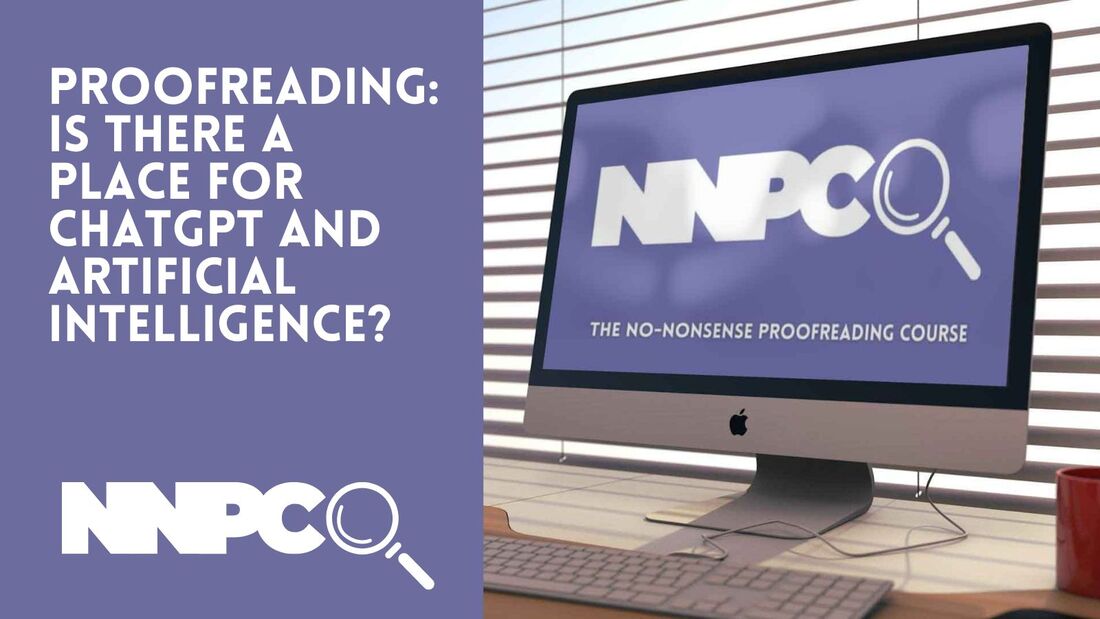
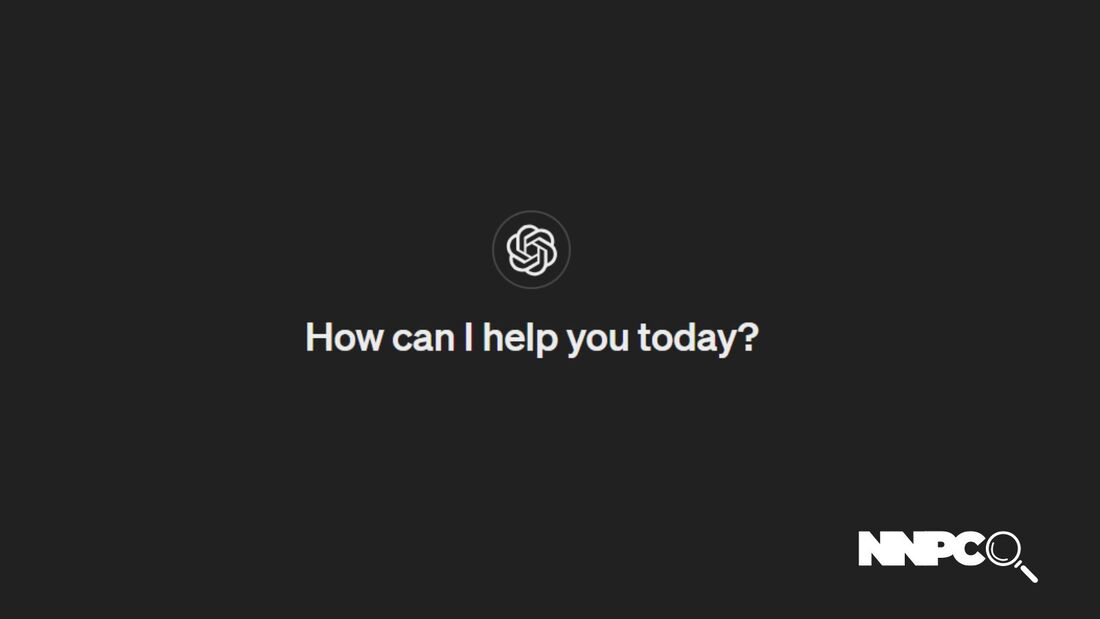



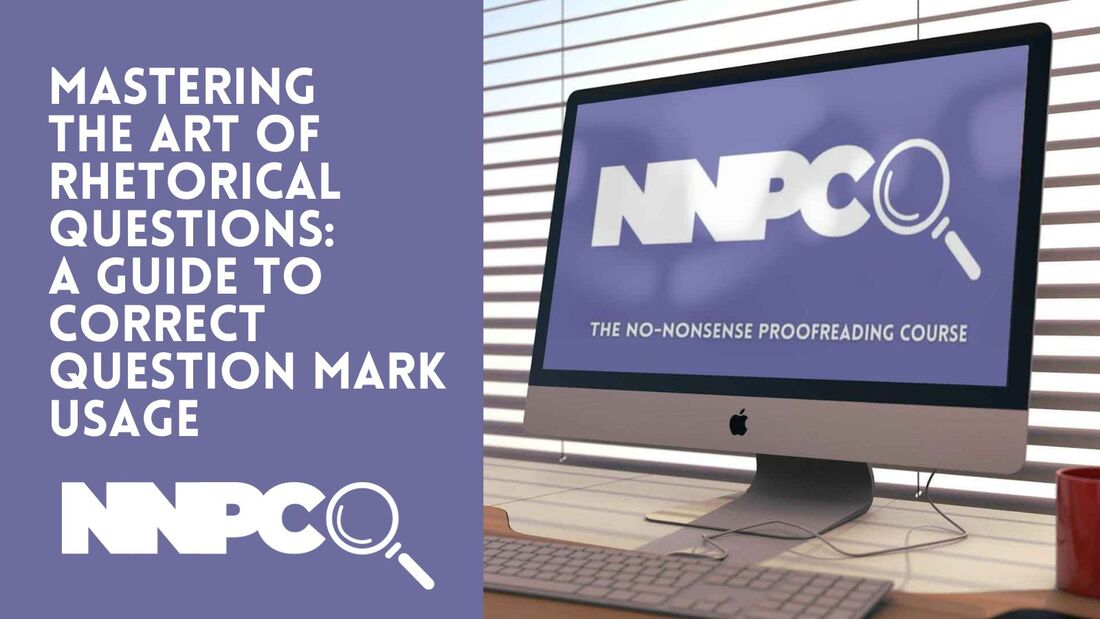
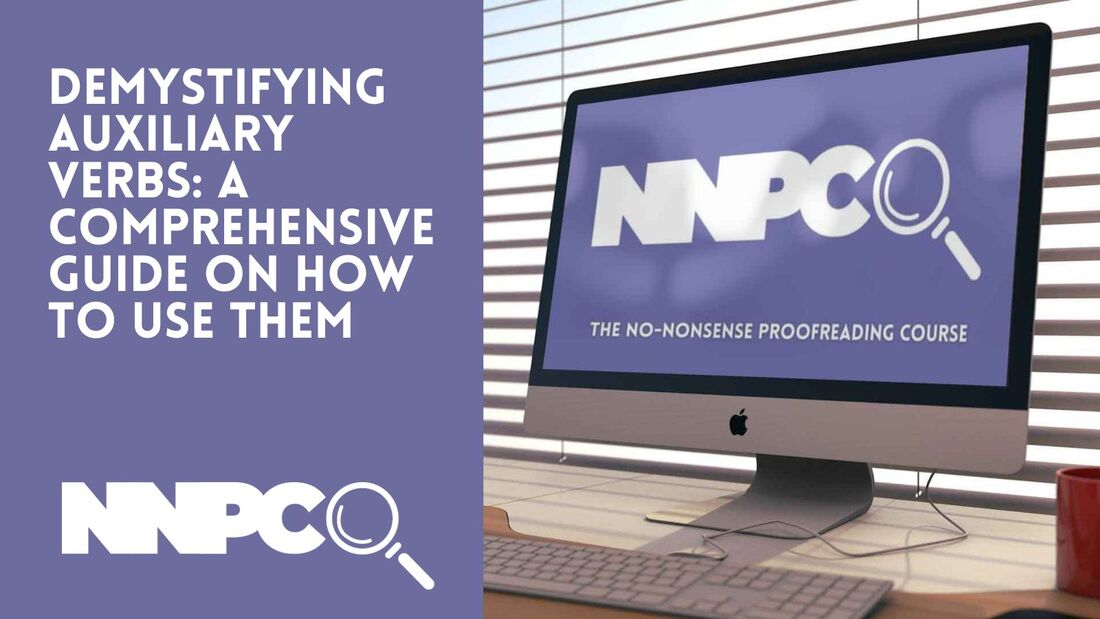
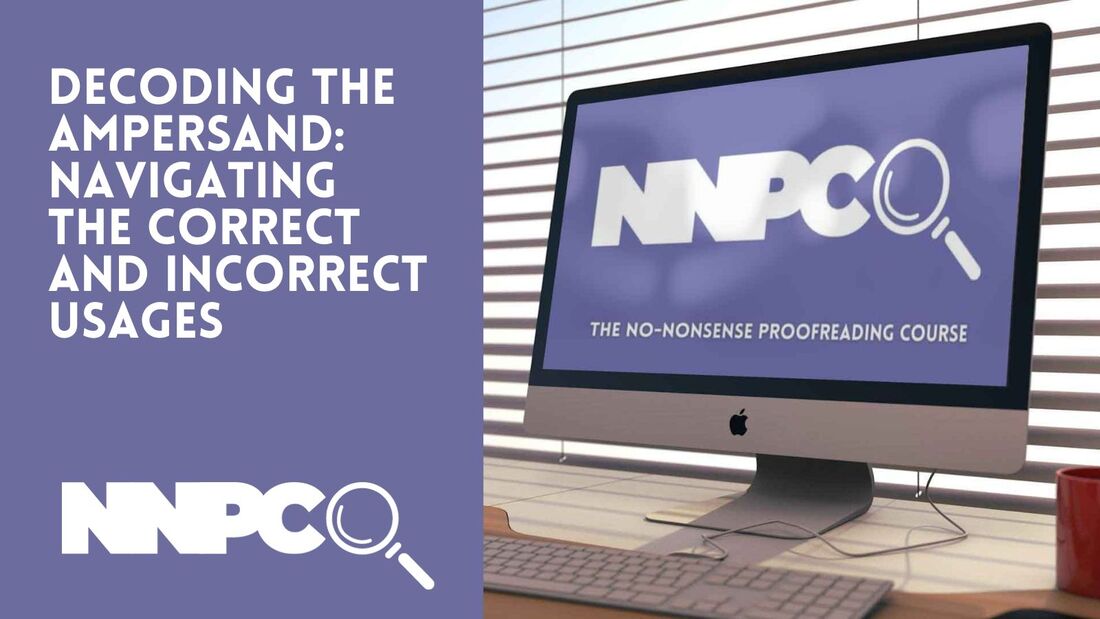
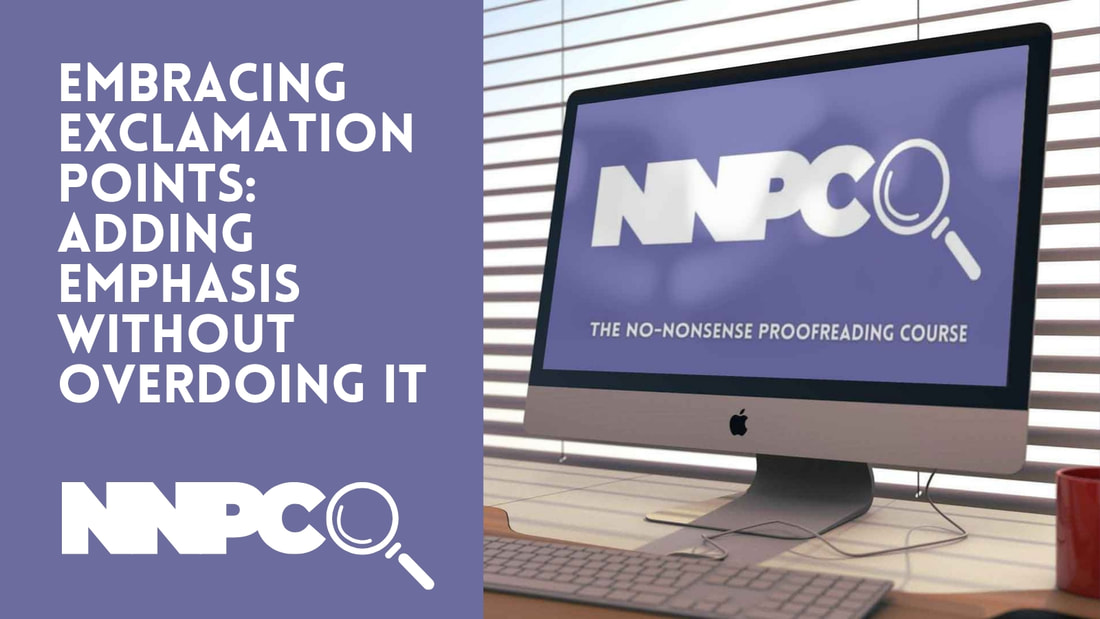
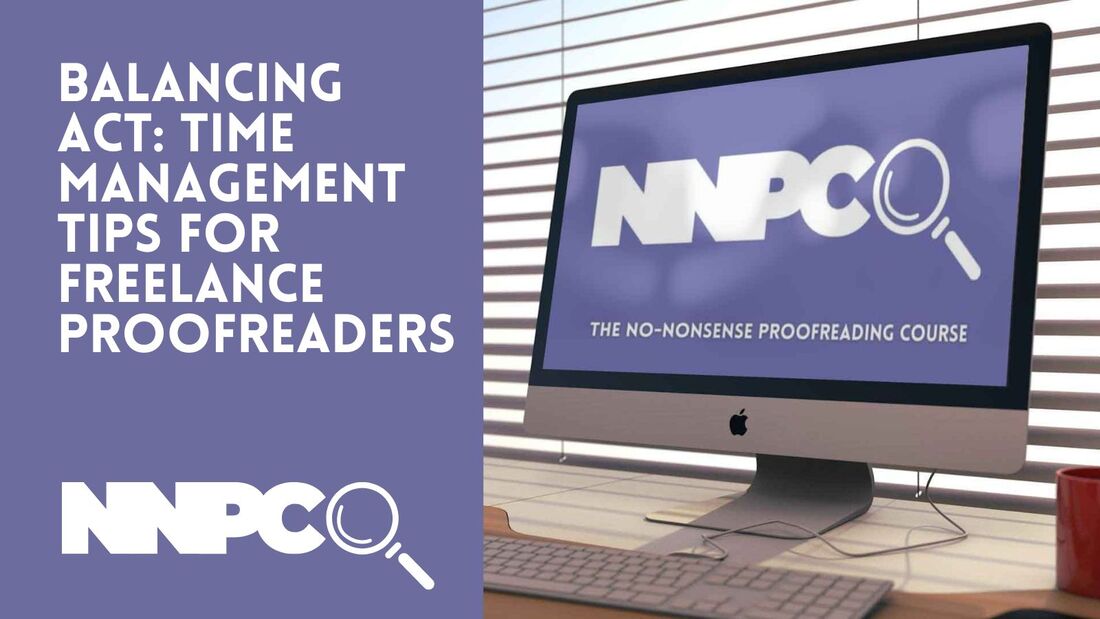
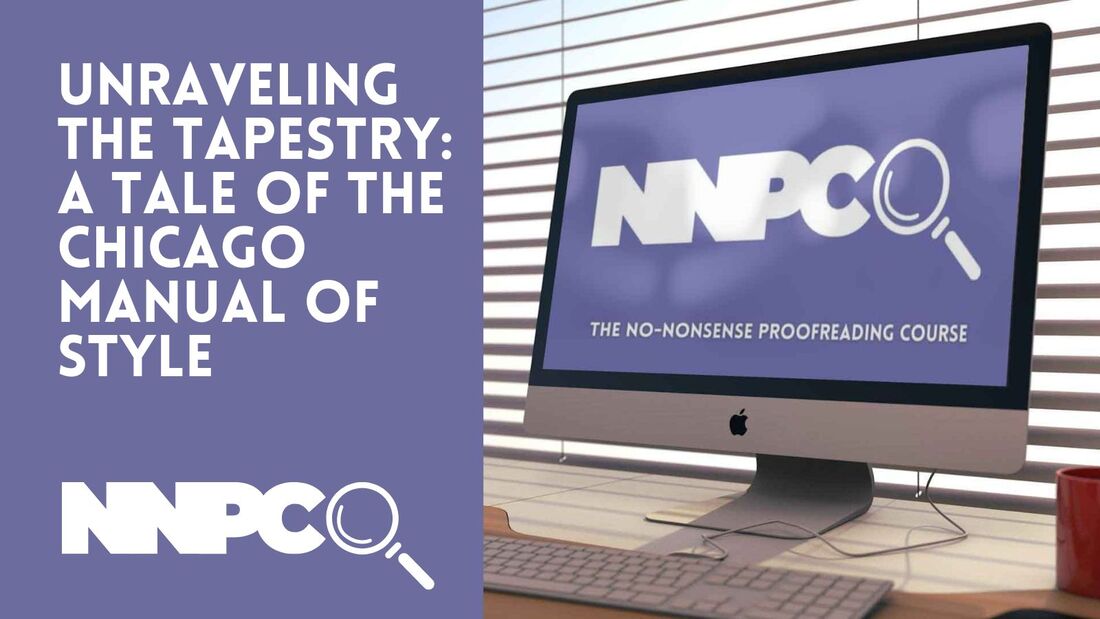
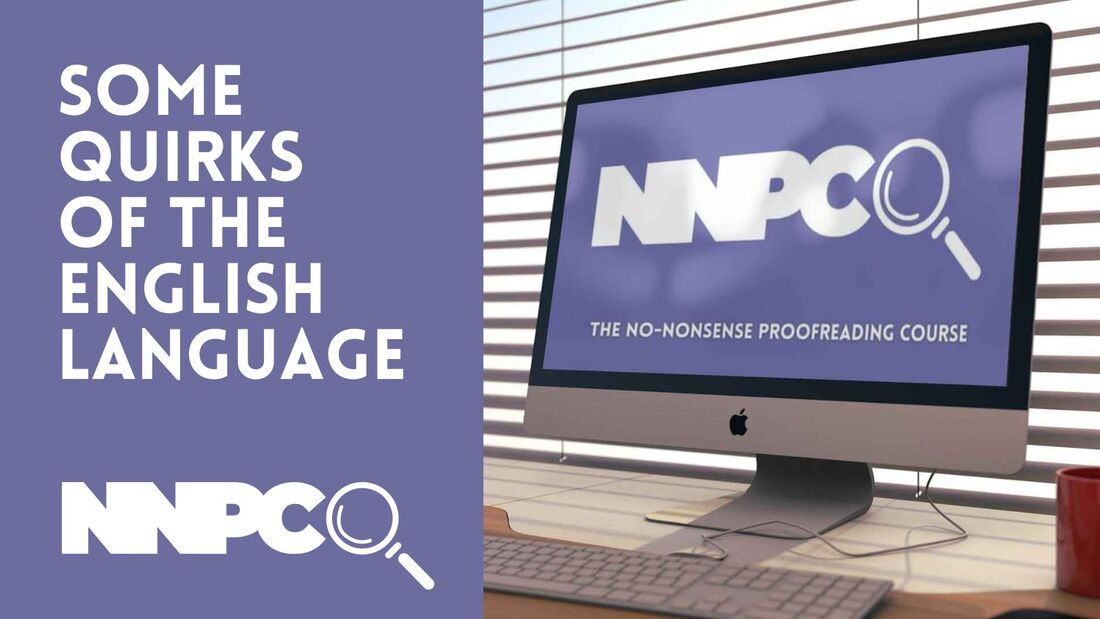
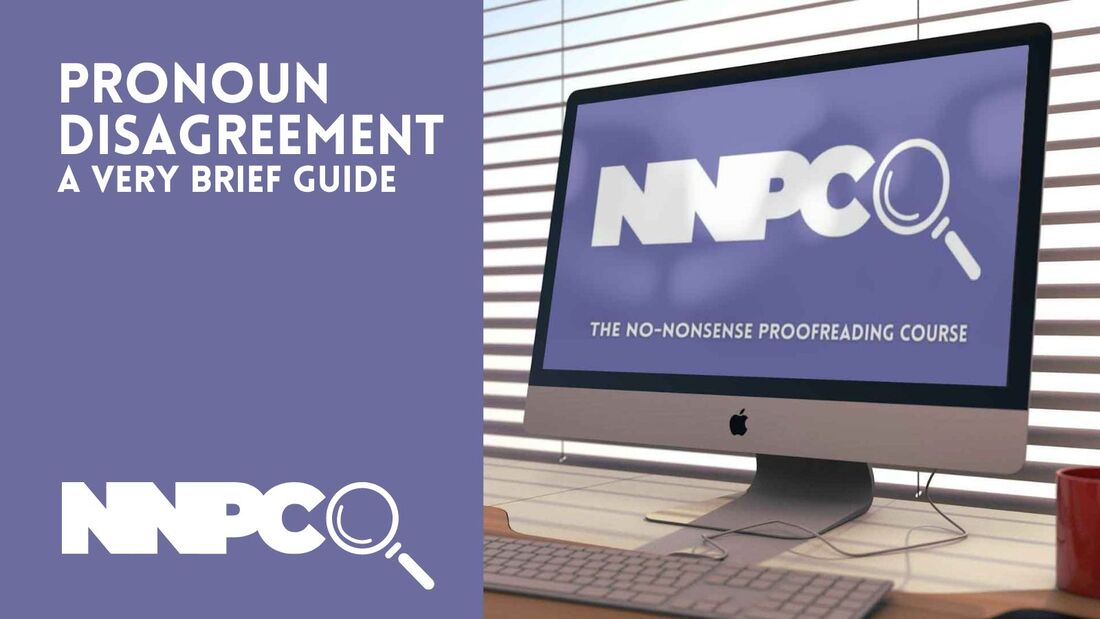
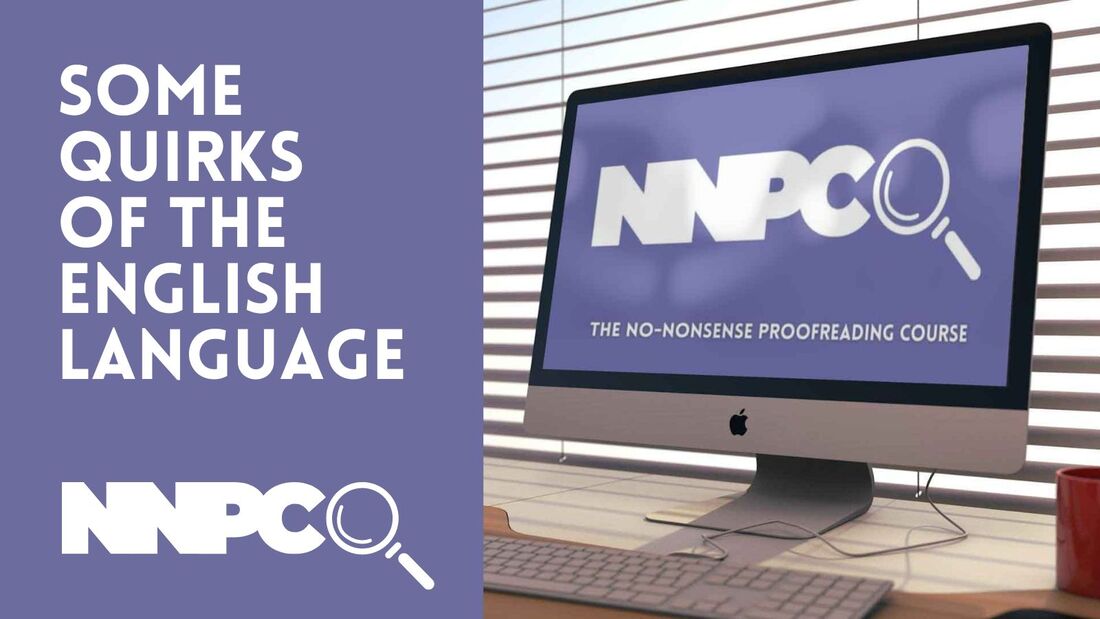

 RSS Feed
RSS Feed
